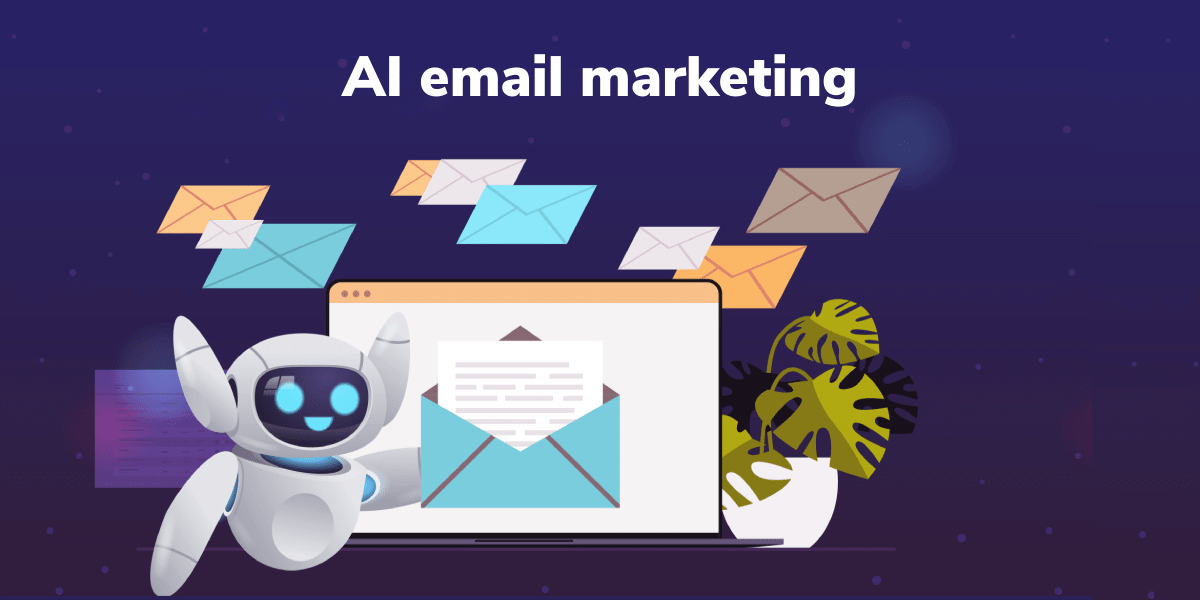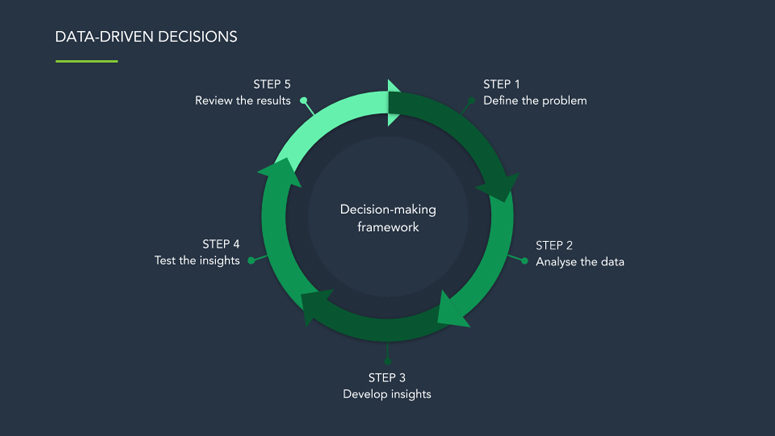Ever get confused by the terms “AI” and “IA”? They are connected but there’s a fine line of difference. Identifying these differences is important because that will help you leverage these technologies to their full potential. This article cuts through the confusion by highlighting the differences between Artificial Intelligence and Intelligent Automation and even a bonus term: intelligence augmentation.
Let’s find out how AI and IA stack up against each other, plus explore how ConvergeHub leverages these technologies to streamline business operations.
What is Artificial Intelligence
Artificial Intelligence is a technology that makes computers technically mimic human intelligence. AI uses special algorithms to tackle tasks that usually require human smarts – such as learning new things, solving problems, and making decisions.
Imagine a computer that gets better at a skill just by feeding it information. That’s the power of AI, achieved through a technique called “deep learning.” For instance, AI can analyze massive amounts of customer data, uncovering patterns and trends much faster and more precisely than a human ever could.
Here’s a glimpse into the exciting world of AI:
- Chatbots and Virtual Assistants: That’s one of the biggest functional advantages of AI. Conversational AI uses natural language, making it possible to interact with computers through chatbots and virtual assistants like Alexa or Siri.
- Generative AI: Need a creative spark? Generative AI can create content, whether it is text, music, or images, by learning from existing information. It helps you compose a personalized email message, posts, and all kinds of marketing and sales communication based on the data provided to it
- Machine Learning: One of the important subsets of AI is Machine Learning. Computer vision uses algorithms to analyze visual information, enabling features like facial recognition and object detection. Machine learning allows computers to learn from data, like a student studying. This lets them make decisions or predictions without any requirements of human programming.
- Natural Language Processing or NLP: Imagine a computer that speaks your language! Natural language processing (NLP) lets computers understand, interpret, and even generate human language. This is used in speech recognition, translation tools, and text summarization.
AI is a vast field with many applications that are constantly evolving. It’s changing the way we live and work!
What is Intelligent Automation or IA?
Sales is all about building relationships and closing deals. But repetitive tasks can bog you down. This is where intelligent automation (IA) steps in as your secret weapon. Imagine AI working alongside you, automating the mundane and freeing you to focus on what truly matters: your customers.
Intelligent automation or IA combines the power of AI with automation tools to streamline your sales process. By taking over things like data entry and scheduling, IA lets you spend more time connecting with leads and nurturing relationships. This translates to two major wins:
- Boost Your Sales Time: Imagine ditching tedious tasks and having more time to build rapport with potential customers. This can directly lead to increased sales and a happier you!
- Efficiency Guaranteed: Streamlined processes mean less wasted time and resources. IA helps you work smarter, not harder, ultimately leading to higher profits.
Sales on Autopilot: How AI Supercharges Your Team
AI can be your ultimate sales sidekick by automating a variety of tasks:
- Data Entry: Say goodbye to endless data entry! IA handles it for you, freeing you up for more strategic work.
- Uncovering Sales Gems: Find new sales opportunities with automated lead generation tools. IA can identify potential customers who are a perfect fit for your business.
- Data Made Easy: Get clear insights without spending hours on reports. IA can analyze vast amounts of data (big data) and generate reports automatically, giving you valuable information at a glance.
- Stay on Top of Your Game: IA automates task management, keeping your team organized and focused on closing deals.
- Effortless Scheduling: Schedule meetings and appointments with ease, letting IA handle the back-and-forth.
With smart and intellectual automation, you can ditch the busy work and focus on what matters most: building relationships and growing your sales. It’s time to unleash the power of automation and watch your sales team soar!
What’s the Difference?
There are two subtle differences between AI and IA.
- Focus: AI focuses on mimicking human intelligence, while IA focuses on enhancing human capabilities.
- Capabilities: AI can perform tasks autonomously, while IA combines AI and automation to improve efficiency and decision-making.
Here’s an example of how AI can analyze data for insights, while IA automates tasks like lead qualification, freeing up salespeople’s time for more strategic activities.
- Level of Intelligence: AI can exhibit a higher level of intelligence, like learning and adapting, while IA may focus on rule-based automation with some AI assistance.
- Human Interaction: AI might be designed to work independently, while IA often collaboratively works alongside humans.
| Feature | AI | IA |
| Focus | Mimic human intelligence | Enhance human performance |
| Capabilities | Perform tasks autonomously | Improve efficiency and decision-making |
| Level of Intelligence | High (learning, adapting) | Moderate (rule-based with AI assistance) |
| Human Interaction | Independent | Collaborative |
Don’t Just Work Smarter, Work Augmented
Sometimes tech terms can sound interchangeable, but there’s a key difference between intelligence augmentation (IA) and its close cousin, intelligent automation (IA). IA takes a broader view. It’s about leveraging any technology to boost human potential, not just the power of AI. This could include everything from advanced calculators to specialized software.
The goal, however, remains similar: supercharge decision-making and streamline tasks.
Take ConvergeHub’s reports and dashboards, for example. They don’t make sales calls for you, but they use technology’s muscle to transform raw sales data into actionable insights. This empowers salespeople to make smarter choices and close more deals. Precisely, IA might not replace your brain entirely, but it surely enhances its performance.
Use Cases of AI and IA in Sales and Marketing
- Personalized Prospecting: AI analyzes customer data and online behavior to identify ideal leads. IA automates outreach with personalized emails and social media messages, saving time for targeted prospecting.
- Smart Lead Scoring: AI analyzes lead behavior and engagement levels, assigning a score that indicates their sales-readiness. IA prioritizes leads based on their score, allowing sales reps to focus on the hottest prospects.
- Real-Time Sales Coaching: AI monitors sales calls, identifying areas for improvement and suggesting effective communication strategies. IA can even provide in-call prompts and feedback to help reps close deals more effectively.
- Dynamic Content Generation: AI tailors sales presentations and proposals to each prospect’s specific needs and interests. IA automates the creation of personalized content, boosting engagement and conversion rates. From sales emails, demos, cost calling scripts, sales pitches, product brochures, and contract paper everything can be created through generative AI.
- Predictive Analytics: AI analyzes historical sales data and identifies trends to predict future sales opportunities and potential roadblocks. IA uses these insights to recommend personalized pricing strategies and optimize sales pipelines.
- Automated Objections Handling: AI identifies common sales objections during calls and provides real-time counterarguments and scripts. IA automates responses to basic objections, freeing up reps to focus on complex customer concerns.
Final Thoughts
According to a McKinsey report, companies that invest in AI are seeing a 3–15% revenue growth and a 10–20% boost in sales ROI. As artificial intelligence (AI) and intelligent automation (IA) become more sophisticated, their benefits for business will only multiply. ConvergeHub leverages these cutting-edge technologies to streamline operations and boost sales for your business.
Sign up for a free 14-day trial to explore more.











.jpg)




